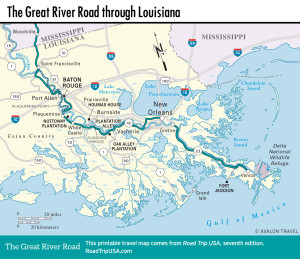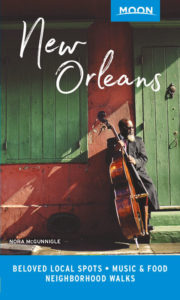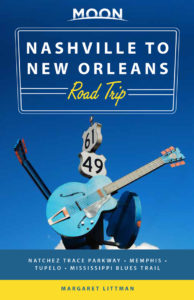Plantation Alley
Driving between Baton Rouge and New Orleans can be a journey into the past. The 100-mi (161-km) traverse known as Plantation Alley may well prove unforgettable, if your senses can handle the juxtaposition of refined domestic design alongside reminders of the enduring cruelty of slavery. To 19th-century passengers aboard the packet steamboats traveling the lower Mississippi, the great mansions adorning the river bends between Baton Rouge and New Orleans must have made an impressive sight. The houses are no less grand today, but their surroundings have been degraded by the presence of enormous petrochemical refineries, which have replaced slavery and sugarcane as the region’s economic engines. Still, in late summer the cane is 10 ft (3 m) tall and the smell of molasses fills the air.
The cruel system of slavery that underpinned the wealth on show along Plantation Alley is most fully revealed at Whitney Plantation (5099 Hwy-18, 225/265-3300, daily, $25), which has been preserved and expanded into what is effectively the nation’s first slavery museum. The focus here is not on genteel dances and ladies in hoop skirts, but on the oppressive realities of slave labor, conveyed through audio guides that give voice to slave-era narratives, many recorded in 1930s New Deal-era interviews with elderly survivors. Along with cabins and workshops for enslaved people, many brought here from other Louisiana plantations, the 2,000-ac (809.3-ha) grounds contain a vivid memorial to the brutally suppressed 1811 “German Coast” revolt, which began nearby and ended in the public beheading of nearly 100 local enslaved people.
Map of the Great River Road through Louisiana

















